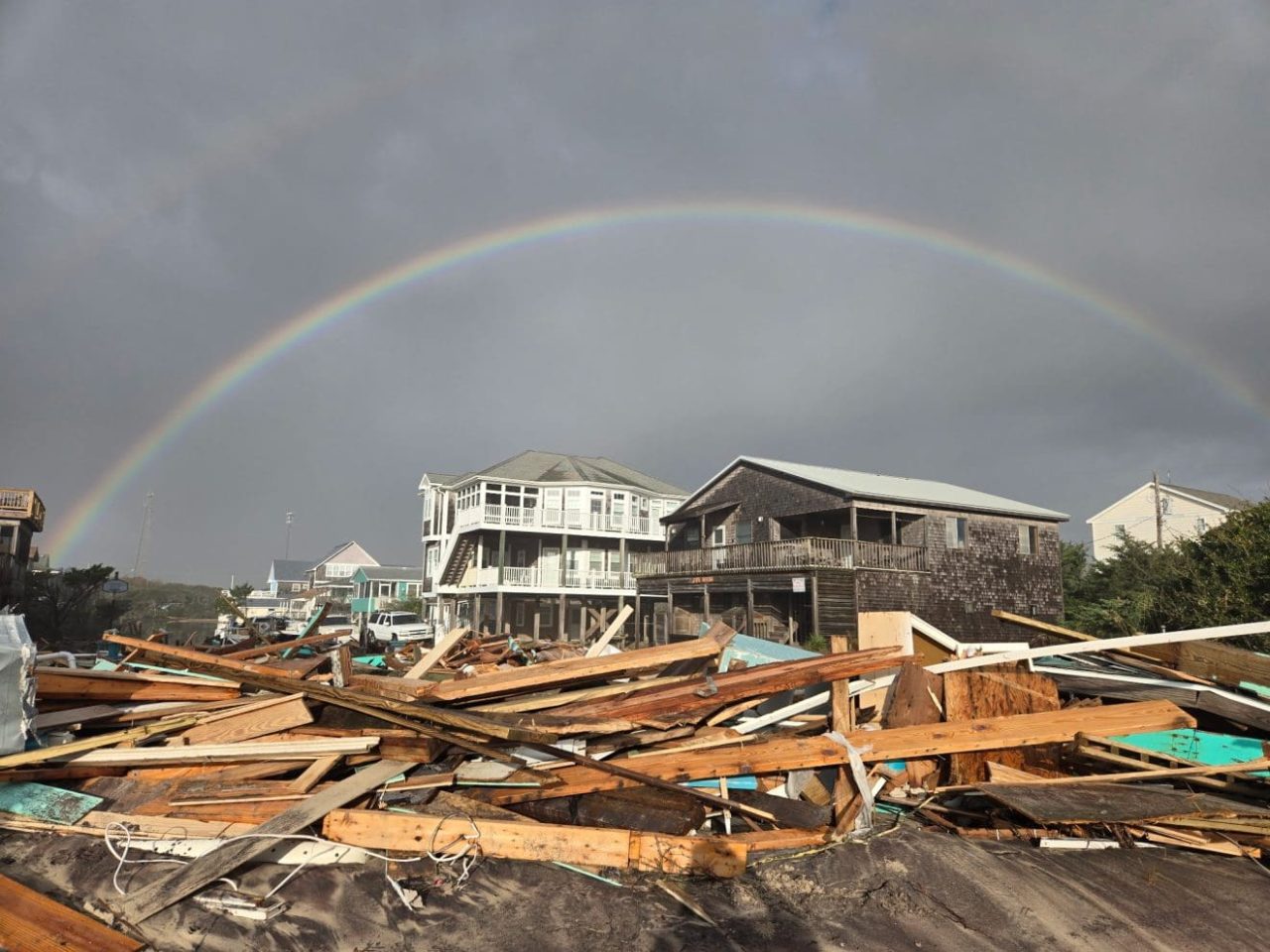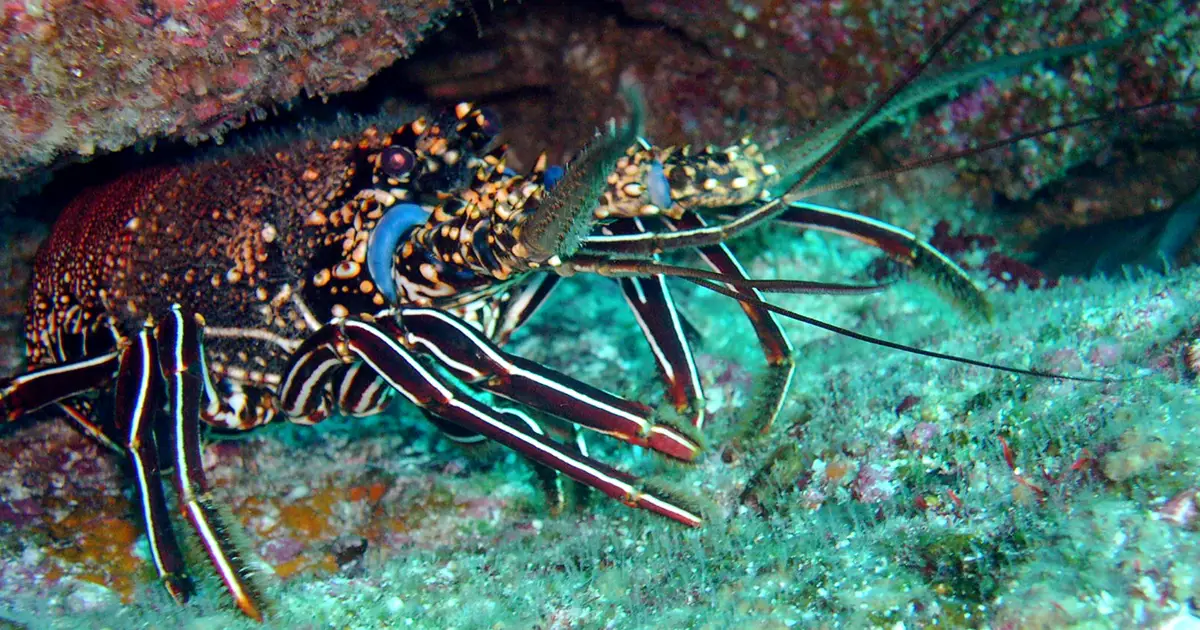Great Barrier Reef records largest annual coral loss in 39 years – ABC News

Report on the State of the Great Barrier Reef: 2024 Findings and SDG Implications
Executive Summary
A 2024 annual survey conducted by the Australian Institute of Marine Science (AIMS) reveals that the Great Barrier Reef has suffered its most significant annual loss of live coral in four decades of record-keeping. This decline is primarily attributed to mass coral bleaching events driven by climate change. Despite this record loss, overall hard coral cover across the reef system remains near the long-term average, a result of substantial growth in preceding years. This situation highlights a new era of extreme volatility for the marine ecosystem, presenting profound challenges to the achievement of key United Nations Sustainable Development Goals (SDGs), particularly SDG 14 (Life Below Water) and SDG 13 (Climate Action).
Key Findings from the 2024 Annual Survey
Overall Coral Cover and Volatility
The AIMS Long-Term Monitoring Program has documented a paradoxical state for the UNESCO World Heritage site. Key observations include:
- A record decline in live coral cover was recorded for a single year.
- The primary driver of this loss was the widespread coral bleaching event in 2023, a direct consequence of elevated sea surface temperatures.
- Prior to this decline, coral cover had reached a 39-year high, which has partially buffered the ecosystem from the most severe impacts of the recent bleaching.
- This fluctuation between record highs and record lows underscores a dangerous level of volatility, making the ecosystem’s future increasingly unpredictable.
Regional Impact Analysis
The impact of coral loss was not uniform across the 344,000-square-kilometer reef. The monitored losses varied significantly by region:
- Southern Region: Experienced the most severe impact, with a reduction in live coral cover of nearly one-third.
- Northern Region: Suffered a reduction of approximately one-quarter in live coral cover.
- Central Region: Saw a more moderate, yet still substantial, reduction of 14% in live coral cover.
Global Context and Climate Change Impacts
The Fourth Global Mass Coral Bleaching Event
The events at the Great Barrier Reef are part of a larger global crisis. According to the U.S. National Oceanic and Atmospheric Administration (NOAA), the world is experiencing its fourth, and most extensive, mass coral bleaching event on record.
- The event, which began in January 2023, was declared a global crisis in April 2024.
- Heat stress has negatively affected nearly 84% of the world’s coral reef areas across at least 83 countries.
- Coral bleaching occurs when prolonged heat stress causes corals to expel the symbiotic algae living in their tissues, leaving them white, weakened, and vulnerable to disease and mortality.
Implications for Sustainable Development Goals (SDGs)
SDG 14: Life Below Water
The health of the Great Barrier Reef is a direct indicator of progress toward SDG 14, which aims to conserve and sustainably use the world’s oceans and marine resources.
- The record coral mortality is a significant setback for Target 14.2, which calls for the sustainable management and protection of marine and coastal ecosystems to avoid adverse impacts.
- The increasing volatility of the reef’s condition complicates long-term conservation efforts and threatens the biodiversity that depends on this critical habitat.
- The degradation of the reef jeopardizes the livelihoods and economies that rely on its health, from tourism to fisheries.
SDG 13: Climate Action
This report provides unequivocal evidence of the devastating impacts of climate change, highlighting the urgent need for global progress on SDG 13.
- The direct link between rising ocean temperatures and mass bleaching underscores the critical importance of Target 13.1: to strengthen resilience and adaptive capacity to climate-related hazards.
- The findings align with the 2018 IPCC report, which warned that tropical coral reefs face a very high risk of impact with global warming of 1.2°C, a threshold the world is rapidly approaching.
- The inability to protect the Great Barrier Reef from bleaching serves as a stark warning that current global climate mitigation efforts are insufficient to prevent the irreversible loss of critical ecosystems.
SDG 17: Partnerships for the Goals
The monitoring and reporting on this crisis exemplify the importance of SDG 17. The collaborative work of national bodies like AIMS and international organizations such as NOAA and the IPCC is essential for understanding the scale of the problem and formulating a coordinated global response to protect vital marine ecosystems.
1. Which SDGs are addressed or connected to the issues highlighted in the article?
SDG 14: Life Below Water
- The entire article focuses on the health of the Great Barrier Reef, a massive marine ecosystem. It discusses the “greatest annual loss of live coral,” the causes of this loss (coral bleaching), and the overall state of the “world’s largest reef ecosystem.” This directly connects to the goal of conserving and sustainably using marine resources.
SDG 13: Climate Action
- The article explicitly identifies “climate change” as the primary driver of the coral deaths. It mentions “record global heat in 2023 and 2024,” the world warming “1.3 degrees Celsius since pre-industrial times,” and how coral reefs are “especially vulnerable to global warming.” This highlights the urgent need for action to combat climate change and its impacts.
SDG 11: Sustainable Cities and Communities
- The article states that the Great Barrier Reef is a “UNESCO World Heritage Site.” This connects the issue to the goal of protecting the world’s natural heritage, which is a specific component of creating sustainable communities and preserving cultural assets for future generations.
2. What specific targets under those SDGs can be identified based on the article’s content?
SDG 14: Life Below Water
- Target 14.2: “By 2020, sustainably manage and protect marine and coastal ecosystems to avoid significant adverse impacts, including by strengthening their resilience, and take action for their restoration in order to achieve healthy and productive oceans.” The article’s focus on the “record declines” in live coral cover and the “detrimental effects” of bleaching directly relates to the failure to protect this marine ecosystem from significant adverse impacts. The discussion of how reefs “bounce back” relates to resilience and restoration.
- Target 14.5: “By 2020, conserve at least 10 per cent of coastal and marine areas…” The Great Barrier Reef is a vast conserved marine area (344,000 square kilometers), and the article details the immense challenges in effectively conserving it despite its protected status, showing the difficulties in meeting this target’s intent.
- Target 14.a: “Increase scientific knowledge, develop research capacity…” The article is based on an “annual survey” by the “Australian Institute of Marine Science” and cites data from the “U.S. National Oceanic and Atmospheric Administration’s coral reef watch” and the “United Nations Intergovernmental Panel on Climate Change.” This demonstrates the critical role of scientific research in monitoring ocean health.
SDG 13: Climate Action
- Target 13.1: “Strengthen resilience and adaptive capacity to climate-related hazards and natural disasters in all countries.” The article describes coral bleaching as a major climate-related hazard. It notes that “coral-dominated ecosystems will be non-existent” at higher temperatures, highlighting the reef’s lack of resilience and adaptive capacity to the hazard of global warming.
- Target 13.3: “Improve education, awareness-raising and human and institutional capacity on climate change mitigation, adaptation, impact reduction and early warning.” The publication of the report by the Australian Institute of Marine Science and the news article itself serve to raise awareness about the impacts of climate change on the reef. The scientific monitoring acts as an early warning system for ecosystem collapse.
SDG 11: Sustainable Cities and Communities
- Target 11.4: “Strengthen efforts to protect and safeguard the world’s cultural and natural heritage.” The article’s repeated mention of the Great Barrier Reef as a “UNESCO World Heritage Site” and the detailed account of its degradation (“greatest annual loss of live coral”) directly addresses the challenges in safeguarding this piece of global natural heritage.
3. Are there any indicators mentioned or implied in the article that can be used to measure progress towards the identified targets?
Indicators for SDG 14 (Life Below Water)
- Percentage of live coral cover: The article provides specific data, stating that “live coral cover shrunk by almost a third in the south in a year, a quarter in the north and by 14% in the central region.” This is a direct indicator of marine ecosystem health (Target 14.2).
- Proportion of reefs affected by bleaching: The article notes that “78 of the 281 reefs surveyed were more than 30% bleached” and that the global event hurt “nearly 84% of the world’s coral reef area.” This measures the extent of adverse impacts (Target 14.2).
- Frequency of mass bleaching events: The article describes the current event as the “fourth ever recorded” and mentions “back-to-back big bleaching events,” which serves as an indicator of increasing stress on marine ecosystems (Target 14.2).
Indicators for SDG 13 (Climate Action)
- Global temperature increase: The article specifies that “the world has now warmed 1.3 degrees Celsius since pre-industrial times” and discusses the vulnerability of corals to warming “beyond 1.5 degrees Celsius.” This is a core indicator for climate change (Target 13.1).
- Occurrence of climate-related hazards: The declaration of a “biggest — and fourth ever recorded — mass coral bleaching event on record” is an indicator of the increasing frequency and intensity of climate-related hazards (Target 13.1).
Indicators for SDG 11 (Sustainable Cities and Communities)
- Degradation of natural heritage sites: The “greatest annual loss of live coral” within a designated “UNESCO World Heritage Site” serves as a direct, quantifiable indicator of the failure to protect and safeguard this site (Target 11.4).
4. Table of SDGs, Targets, and Indicators
| SDGs | Targets | Indicators Identified in the Article |
|---|---|---|
| SDG 14: Life Below Water | 14.2: Sustainably manage and protect marine and coastal ecosystems to avoid significant adverse impacts. |
|
| 14.5: Conserve coastal and marine areas. | The status and health of the 344,000 sq km Great Barrier Reef marine park. | |
| 14.a: Increase scientific knowledge and research capacity. | Reference to scientific monitoring and reports from institutions like the Australian Institute of Marine Science and NOAA. | |
| SDG 13: Climate Action | 13.1: Strengthen resilience and adaptive capacity to climate-related hazards. |
|
| 13.3: Improve education and awareness-raising on climate change. | Publication of scientific reports and news articles about climate impacts on the reef. | |
| SDG 11: Sustainable Cities and Communities | 11.4: Strengthen efforts to protect and safeguard the world’s cultural and natural heritage. | The rate of degradation of a UNESCO World Heritage Site (e.g., “greatest annual loss of live coral”). |
Source: abcnews.go.com

What is Your Reaction?
 Like
0
Like
0
 Dislike
0
Dislike
0
 Love
0
Love
0
 Funny
0
Funny
0
 Angry
0
Angry
0
 Sad
0
Sad
0
 Wow
0
Wow
0
































_1.png?#)













































